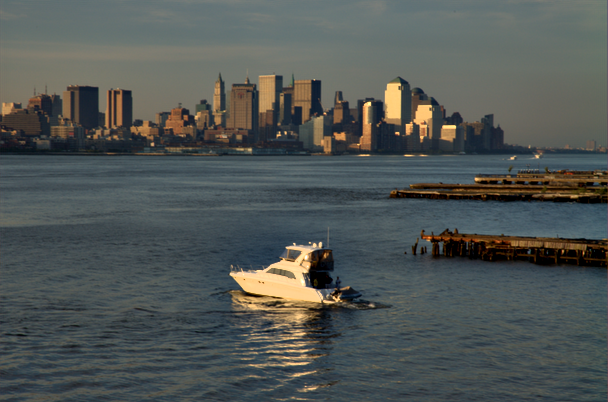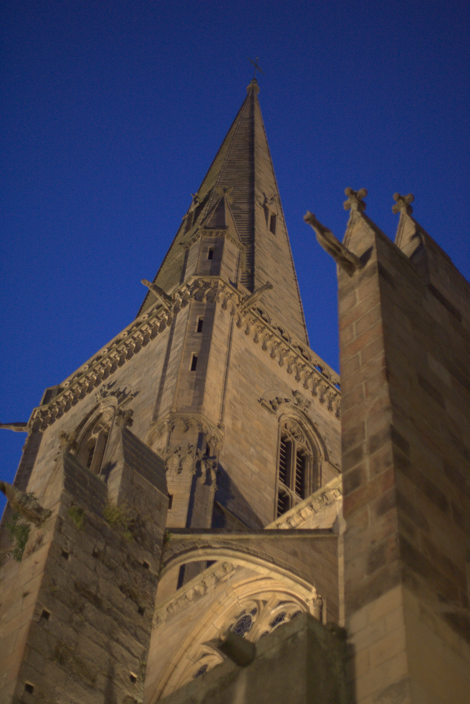Michele Brizzi1, Federica Battisti2, Marco Carli1, and Alessandro Neri1
1Roma Tre University, 2University of Padova
Repository for the paper Selective Video Enhancement in the Laguerre-Gauss Domain.
| Original | Enhanced |
|---|---|
 |
 |
| Original | Enhanced |
 |
 |
| Original | Enhanced |
 |
 |
| Original | Enhanced |
 |
 |
| Original | Enhanced |
 |
 |
| Original | Enhanced |
 |
 |
| Original | Enhanced |
 |
 |
To use, run the command:
img = imread(<filename>);
C = 1.1; % [1-1.5]
F = enhancementLG(img, C);
If you use our work in your research, please consider citing as below:
@article{Brizzi_SPIC_2023,
title = {Selective video enhancement in the Laguerre–Gauss domain},
journal = {Signal Processing: Image Communication},
volume = {110},
pages = {116876},
year = {2023},
issn = {0923-5965},
doi = {https://doi.org/10.1016/j.image.2022.116876},
url = {https://www.sciencedirect.com/science/article/pii/S0923596522001552},
author = {Michele Brizzi and Federica Battisti and Marco Carli and Alessandro Neri},
keywords = {Video enhancement, Interactivity, Laguerre–Gauss wavelet, Quality},
abstract = {Traditional image and video enhancement techniques do not consider the subjective preferences of the user, who might be interested in modifying or highlighting specific elements of a scene. In fact, most image or video post-processing techniques are applied to the entire image or frame. In this work, a framework for selective video enhancement is presented. It is based on an adaptive multi-resolution edge enhancement technique performed in the Laguerre–Gauss complex wavelet domain. In the proposed scheme, edges are selectively enhanced or attenuated according to the inputs of the user, taking into account the characteristics of the content, the response of the human visual system, and the masking effects induced by textured background. Two scenarios have been implemented and tested: (i) an interactive video editing system, where the user selects the objects to enhance through a graphical interface and the system automatically propagates the selection through the following video frames belonging to the same shot, (ii) a perceptually-driven technique to improve the quality of RGB plus Depth videos, which uses depth maps as additional features to guide the enhancement.}
}
- MIT-Adobe FiveK (5000 images): this dataset can be downloaded here.
See LICENSE file.